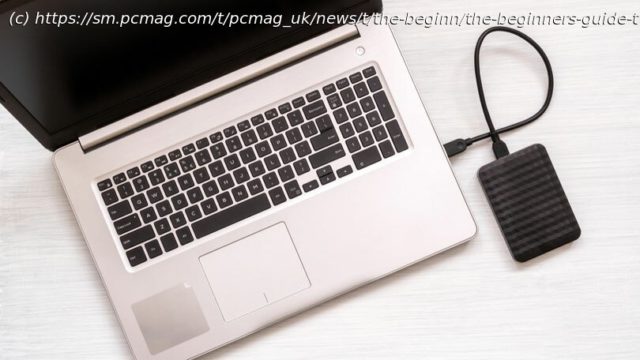Hacks and data failures happen. Don’t lose your photos, documents, music, or other important files. On World Backup Day, here’s how to secure your data.
We all know we’re supposed to back up our data. It’s essential for peace of mind, but one copy of a file on your computer does not a backup make. Redundancy, people, redundancy! As the organizers of World Backup Day note, people produce quadrillions of files every year but fail to take adequate steps to preserve their data. Why? Computers get infected and accidents happen, but even after losing an important document, irreplaceable photo, or entire sets of financial records, some folks still don’t take the time. The reason is, backing up takes some effort. But it’s easier than ever. Here’s a quick look at the types of backup available, as well as the tools you’ll need to pull it off, with as little work as possible. Types of PC Backup Backing up can be as simple as copying a file from one spot to another—from a hard drive to a removable USB flash drive, for example. But what you need for redundancy, security, and access dictates what kind of backup you should use. Select Files and Folders If you only need to back up specific data, use software that will let you pick and choose which files you want to save. (Remember, simply moving a file isn’t backing it up. You need at least two copies.) To be safe, back up entire folders on a recurring basis to ensure that newly created or updated files get backed up at a later date. There’s plenty of free software to take care of this for you, including Windows’s integrated feature. Find it via the Settings > Update & Security > Backup Backup. It lets you back up items using the file history, which offers recurring copying of files (from every 10 minutes to every day) to a secondary drive as backup. Then, you can restore only the version of a file you need to recover, when necessary. File History is easy to set up, but it’s limited in scope. Windows 10 and Windows 11 can also back up files to OneDrive, Microsoft’s online backup and synchronization offering (more on that below). Cloud Storage and File-Synchronization Services A must for anyone with more than one computer or device in use, synchronization software ensures you have the same files on all your PCs (and they’re usually accessible on mobile devices, too). Make a change to a file and it’s automatically sent to all the other PCs using the account, even on other operating systems. It’s the ultimate in redundancy. Big names in this area include IDrive, Dropbox, Google Drive, and OneDrive; the latter has a perfect five stars in our latest review. There are many others. All of them provide a few gigabytes of online storage for free, typically 2GB, but you can get a lot more by paying a monthly or yearly fee. Online Backup Services We’re in the era of the cloud, so online backup, once a bit specialized, is now the norm for important files. Unlike the above services, which also include a file-sync option, straight backup products lean toward direct transfer of files from a hard drive to online/cloud storage, with easy restoration options. They may throw in some file syncing, but enhanced security is the most important option. Install online backup software on a PC, tell it which files/folders to keep backed up, and it does the rest in the background. Because the storage is online, you can typically read files via the browser, or restore the files to other systems, as needed. Cloning a Full Disk Image There are several ways to back up an entire hard drive. The first is to use software to copy all the individual files from the drive to another (larger) drive, as described above. This means you get everything, even if you don’t need it, but it is easy to keep up-to-date and restore select files from it as needed. A better method is to make an image or clone of the drive. An image/clone is a replica of all of your data—every file and folder, even the programs and system files—a true snapshot of the drive at the moment of backup. When used for restoration, the clone/image overwrites the existing system and the hard drive reverts to the state it was in at the time of backup. Imaging/cloning is a great way to back up a brand-new computer. Then, when it starts acting wonky (it happens) you can revert the drive back to its original settings. Keep in mind, however, that this is like going back to the factory settings —albeit your own—which means the restoration will not include data accumulated after the original imaging. That data should be backed up separately. (Yes, you should have two sets of backups running.) Your best option: do a full disk-image backup on a regular basis, with data included, using software that can read images and selectively pull files for restoration when necessary.






![Bartłomiej Sienkiewicz w "Graffiti" [OGLĄDAJ]](http://nhub.news/wp-content/uploads/2024/06/thumbcf7f4a607db3922a512eb9e3bad01f7f-100x75.jpeg)